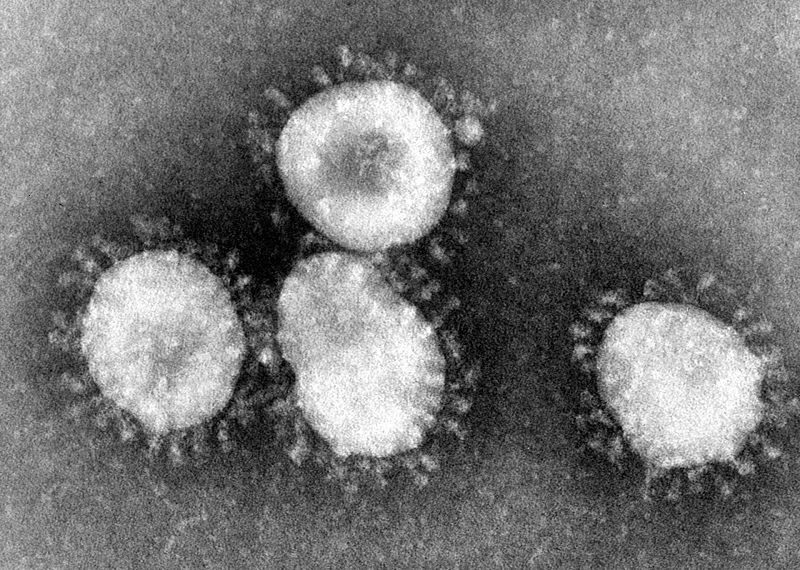Coronavirus vaccine could take 18 months as deaths top 1000
11 February, 2020
4 min read


The coronavirus that has crippled the Chinese aviation industry has been renamed COVID-19 amid warnings from the World Health Organisation a vaccine could be 18 months away.
The change came as American Airlines announced it was extending flight suspensions to China through to April due to a fall in demand.
Flights between Dallas-Fort Worth and Los Angeles and mainland China were suspended through to April 24 and from DFW to Hong Kong until April 23.
Flights between LAX and Hong Kong were suspended through April 24.
The new acronym stands for coronavirus disease 2019, a nod to the fact the disease was first revealed at the very end of last year. The virus was previously known by the more cumbersome acronym 2019-nCoV.
The official death toll hit 1017 early Tuesday as the number of infected climbed above 43,000. But 99 percent of the cases were in China, most of them in Hubei province.
READ: Coronavirus slashes China international capacity by two-thirds.
The WHO's February 11 situation report said there were just 395 cases outside China, 73 of them new, across 24 countries. So far, there has been just one death in this group.
WHO director-general Dr. Tedros Ghebreyesus compared the consequences of the virus to terrorist action and said the estimated 18-month lead time to the development of a vaccine meant everything should be done now using "available weapons".
"There are many basic public interventions that are available to us now and which can prevent infections now,'' he said.
While he warned that the rising diagnoses in patients who had never visited China could be "the tip of the iceberg", Dr. Ghebreyesus said there was still a realistic chance of containing the disease "if we invest now in rational and evidence-based interventions".
He said actions by China had slowed the spread of the disease internationally but the rest of the world should strike hard while the window of opportunity was there.
"But I don't think this status can stay the same for long,'' he said. "That's why we have to use the current window of opportunity to hit hard and stand in unison to fight this virus in every corner.
"If we don't, we could have far more cases and far higher costs on our hands and I don't think anybody wants that."
Dr Ghebreyesus spoke as the WHO hosted a meeting of more than 400 scientists in Geneva to produce a research roadmap for tackling the disease.
The international health body said there was increasing evidence of a link between the disease and similar to known coronaviruses circulating in bats.
It said it was still unclear how the disease had been transmitted to humans but the most likely hypothesis was that it had been through an intermediary animal.
The fatality rate from the virus has been lower than the 2003 SARS outbreak but experts caution much about the disease remains unknown and opinions about what happens next are mixed.
One optimistic forecast came from a leading Chinese epidemiologist, Zhong Nanshan, who told Reuters that the outbreak may peak this month with some provinces the situation in some provinces already improving.
But Australia’s chief medical officer, Professor Brendan Murphy, said it was too early to predict when the illness would subside.
The coronavirus has caused massive disruption in China with the economic impact rippling across the globe.
London-based capital economics has estimated the disease could cost the global economy $US280 billion in the first quarter of this year.
READ: Coronavirus could cost $US280 billion in the first quarter.
Next Article
3 min read
Virgin gets nod for Tiger deal

Get the latest news and updates straight to your inbox
No spam, no hassle, no fuss, just airline news direct to you.
By joining our newsletter, you agree to our Privacy Policy
Find us on social media
Comments
No comments yet, be the first to write one.
